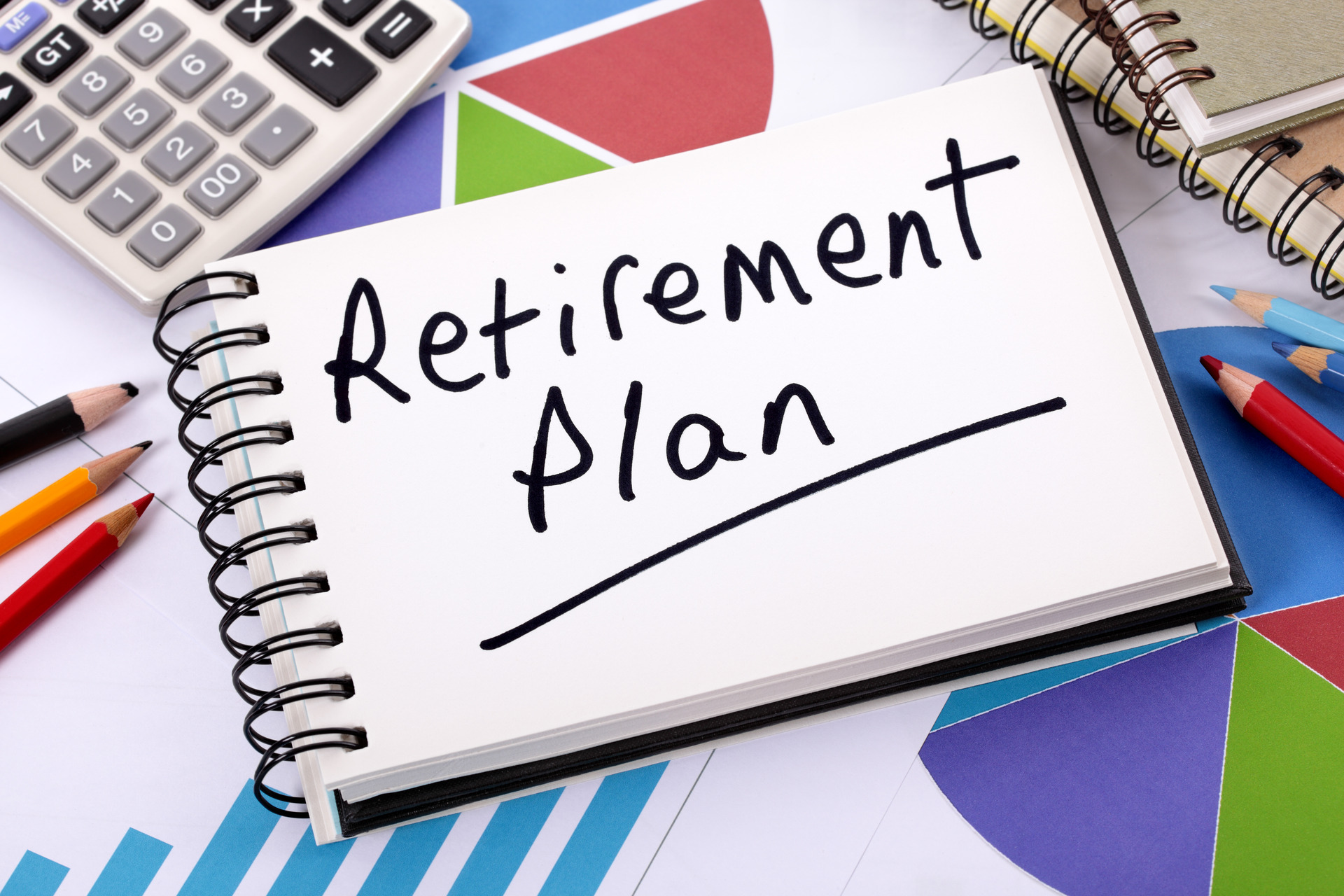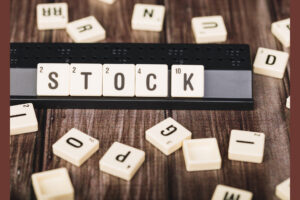How to Make First ₹10 Lakh in Net Worth (Step by Step)
When you’re just starting your financial journey, the road to wealth can feel overwhelming. One of the most common questions I get is:
“I’m stuck and my net worth isn’t going up — what can I do?”
That feeling? Totally normal. You’re not the only one.
In this guide, I’ll break down the four foundational steps to help you reach your first ₹10 lakh in net worth. These are practical, proven steps that lay the groundwork—and I think if you get these right, you’re going to have a lot of financial success down the road. Whether you’re starting from zero or climbing out of the red, these steps will help you build momentum and confidence.
Let’s be clear: your first ₹10 lakh in net worth is arguably the hardest to earn. That’s because at this stage, you’re likely still figuring out your income, your spending habits, and how to save and invest wisely. But once you hit that milestone, your financial growth can start to snowball.
So, let’s dive into the first step you need to take if your net worth is currently under ₹10 lakh.
Step 1: Know Where Your Money Goes
While this advice may seem basic, it’s often overlooked. Many people don’t realize just how disconnected they are from their daily and monthly spending habits. My experience in talking to a lot of people online and offline shows one common thread: people often don’t know where their money is going—and they’re unsure how to prioritize it. Tracking your expenses is the foundation of smart money management.
According to reports, over 75% of Indian households run out of money before the end of the month. The reasons? High EMIs, rising lifestyle expenses, lack of budgeting, and increasing cost of living in cities like Bengaluru, Mumbai, and Delhi.
The good news? Some of these causes are within your control—particularly how you budget and plan your finances.
Start with the basics. For the next four weeks, write down your daily expenses—whether in a diary or a notes app. Jot down reasonable estimates: if you spent ₹30 on chai, ₹1,200 on groceries, or ₹500 on a cab ride, write it all. Over time, this will give you a bird’s-eye view of your spending patterns.
Once you complete this exercise, you’ll clearly see where your money is going—and where it shouldn’t be. That’s the beginning of your personal budget. Then ask yourself:
- Where can I cut back?
- Which expenses actually bring me joy or value?
For example, I enjoy playing the guitar. It brings me joy and helps me relax. Sometimes I spend ₹3,000–₹5,000 in a month on accessories. I prioritize this because it adds meaning to my life. On the flip side, I cut out OTT subscriptions I rarely use—like Netflix and Prime Video etc.
When your net worth is still under ₹10 lakh, be cautious about adding recurring expenses that don’t add real value. Every rupee should serve a purpose.
For example:
- Opt for water instead of aerated drinks.
- Borrow books from a library or download free e-books instead of buying every new title.
- Cook meals at home instead of ordering Swiggy/Zomato multiple times a week.
These small daily choices compound over time—and help you save far more than you realize.
Ultimately, your goal should be to save at least 20% of your monthly income.
Step 2: Invest in Yourself
The second key step to growing your net worth—especially when you’re aiming for that first ₹10 lakh—is to invest in yourself. Once you’ve tracked spending and created a budget, the next big move is increasing your income.
Many people live paycheck to paycheck not because they lack discipline, but because they simply don’t earn enough. Even a small salary jump—from say ₹30,000/month to ₹35,000 or ₹40,000—can create a big difference over a year.
“Investing in yourself” means building skills and knowledge that help you earn more. Think of it as planting seeds for future financial growth.
For instance, if you work in HR, getting certified in payroll systems like SAP or Workday can increase your salary potential. In IT, upskilling in AI, cloud computing, or cybersecurity can boost your package over time.
But if formal education or courses feel expensive right now, don’t worry. You can start small with side hustles like:
- Tutoring students online/offline.
- Freelance graphic design, writing, or coding.
- Selling products on Meesho, Flipkart, or Amazon.
Personally, one of my early side hustles was teaching guitar classes on weekends. I started with just 2–3 students from my neighborhood, charging around ₹500 per class. Within a couple of months, word spread, and I had 6–8 students. Even if I only taught 4–5 hours over the weekend, it brought in an extra ₹8,000–₹10,000 a month on top of my full-time salary.
It wasn’t glamorous, but it was something I enjoyed, and more importantly—it gave me momentum toward financial independence.
Bottom line is whether through professional development or side hustles, investing in yourself is one of the most powerful ways to grow wealth.
Step 3: Establish an Emergency Fund
After you’ve controlled spending and boosted income, the next move is to set up an emergency fund.
This is your financial safety net—money kept aside strictly for unplanned situations like a medical emergency, sudden job loss, home repairs, or vehicle breakdown.
A good rule of thumb: save 3–6 months of living expenses.
So, if your essential costs (rent, food, utilities, transport) come to ₹40,000/month, aim for at least ₹1.2 lakh to ₹2.4 lakh in an emergency fund.
It may sound like a lot, but don’t stress—it’s a long-term target. Start small, stay consistent.
To make sure you don’t touch this money:
- Keep it in a separate account, ideally a high-interest savings account (some Indian banks and fintech apps offer 6–7% interest).
- Automate a small transfer every month right after your salary credit. Treat it like a bill you pay to your future self.
For example, if you manage to save ₹2 lakh in a high-interest savings account at 6% interest, you’d earn ₹12,000 a year—without lifting a finger.
Once automated, you won’t miss the money—but you’ll gain peace of mind knowing you’re financially prepared for life’s surprises.
Step 4: Eliminate High-Interest Debt
Now comes the next crucial step: paying off high-interest debt—like credit cards or personal loans.
If you’re carrying a credit card with 36% APR, that debt is actively pulling down your net worth. Even the best investments in India—like equity mutual funds—average 12–14% returns over the long run. Compare that with a guaranteed -36% return from unpaid credit card dues, and you see why debt repayment is so critical.
So if you have an extra ₹5,000 at month-end, don’t put it into investments yet—clear that credit card balance first. Think of it as giving yourself a guaranteed 36% return.
Use either:
- The Avalanche Method: pay off the highest interest debt first.
- The Snowball Method: pay off the smallest balance first for quick wins.
Once high-interest debt is gone, now your freed-up cash flow can be redirected to investments—giving you much stronger momentum.
Bonus Tips to Hit ₹10 Lakh Faster
- Break the Goal into Smaller Chunks
If ₹10 lakh feels overwhelming, aim for ₹50,000 first. Then ₹1 lakh. Then ₹2.5 lakh. These milestones build confidence. - Use the 2% Rule
If any discretionary expense is more than 2% of your net worth, pause. For example, if your net worth is ₹5 lakh, think twice before spending ₹10,000 on a new phone. - Pay in Cash for Discretionary Items
When you swipe cards or UPI apps, it doesn’t feel like “real money.” Paying with cash makes you more mindful, especially for non-essential spending.
Final Thoughts
Reaching your first ₹10 lakh in net worth may feel like climbing a big hill, but with the right mindset, simple habits, and consistency—it’s completely doable.
Everyone starts somewhere. What matters most is that you start today. Celebrate small wins along the way, and remember: your money is your tool, not your master.
You’ve got this!
FAQ: How to Make First ₹10 Lakh in Net Worth
1. How long does it usually take to build a ₹10 lakh net worth?
It depends on your income, expenses, and consistency. For someone saving and investing ₹15,000–₹20,000 per month, it can take 3–5 years. If you add side hustles and control expenses well, you can get there faster.
2. Should I start investing before hitting ₹10 lakh?
Not immediately. First, focus on:
- Clearing high-interest debt (like credit cards/personal loans).
- Building an emergency fund (3–6 months of expenses).
Once these are done, you can start SIPs in mutual funds, NPS, or PPF for long-term growth.
3. What’s the best side hustle for beginners in India?
It depends on your skills. Some popular options:
- Weekend tuition (school subjects, music, fitness).
- Freelancing (content writing, design, coding).
- Selling products on Meesho/Amazon.
- Offering services locally (photography, digital marketing, home cooking).
Pick something that doesn’t burn you out and aligns with your strengths.
4. How much should I save every month to reach ₹10 lakh?
As a rule of thumb, aim to save at least 20% of your monthly income. For example:
- If you earn ₹40,000/month, save ₹8,000.
- If you earn ₹70,000/month, save ₹14,000.
Consistency matters more than the amount at the start.
5. Is keeping money in a savings account enough for my first ₹10 lakh?
No. A savings account gives only 2–4% returns, which barely beats inflation. Instead:
- Use a high-interest savings account or fixed deposits for your emergency fund.
- Once you cross the ₹2–3 lakh savings mark, start Systematic Investment Plans (SIPs) in equity mutual funds for higher returns.
6. Should I buy gold or property to reach my first ₹10 lakh?
Gold and property are long-term assets, but they require bigger capital. For your first ₹10 lakh, stick to:
- Building cash reserves.
- Investing in mutual funds (SIPs).
- Upskilling and side hustles to boost income.
Once you hit ₹10 lakh and beyond, you can diversify into gold ETFs, REITs, or property.
7. How do I stay disciplined with spending?
Try these hacks:
- Follow the 2% Rule (think twice if a purchase is >2% of your net worth).
- Pay in cash for discretionary spends.
- Use budgeting apps like Walnut, Money View, or INDmoney.
- Automate savings so money moves out before you’re tempted to spend.













Post Comment